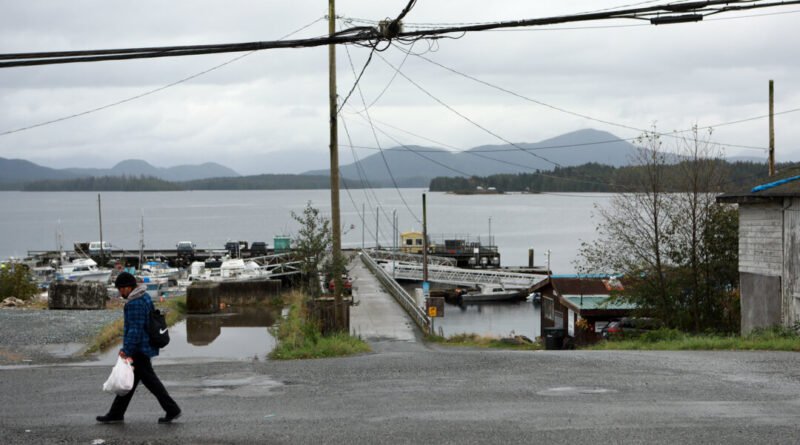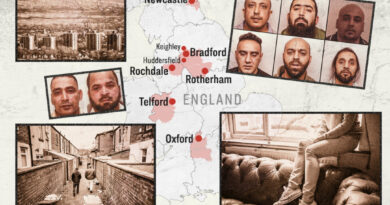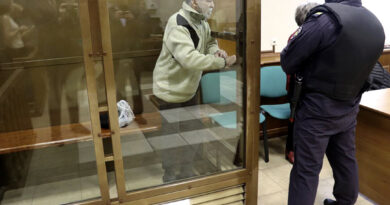A series of earthquakes has hit off the coast of B.C. over the past couple of weeks, including one with a magnitude of 6.4 on July 11.
The quake was lightly felt on Vancouver Island, Natural Resources Canada (NRC)
said. It did not trigger a tsunami. There were no reports of damage, and none would be expected, NRC said.
Twelve earthquakes measuring over 4.0 have occurred since the beginning of July, NRC
data shows.
“We are currently experiencing a swarm of activity offshore Vancouver Island, at the intersection of the Juan de Fuca Ridge, the Sovanco Fracture Zone, and the Nootka Fault,” a notice on the NRC
website says.
The majority of the quakes were not felt and did not cause damage, the data says.
Earthquake sequences that don’t follow the usual mainshock-aftershock pattern are generally considered “swarms,” according to the
United States Geological Survey. In the mainshock-aftershock sequence, an earthquake strikes and is followed by aftershocks that are lower in magnitude than the mainshock.
The province
says that several thousand earthquakes are recorded each year, with about 50 of those being felt.
“Earthquakes that are strong enough to cause structural damage occur once per decade, on average,” the B.C. government said on its
website.
It’s been about 75 years since the province saw its last major earthquake, which was magnitude 8.1. It occurred along the Queen Charlotte Fault, which runs underwater along the west coast of Haida Gwaii.
Reports say the shaking was so severe that cows were knocked off their feet on Haida Gwaii.
Chimneys were also said to have toppled, and an oil tank at Cumshewa Inlet collapsed. The quake was also felt in Prince Rupert where buildings swayed and windows were shattered, NRC said.
Prior to that, the largest major earthquake off the coast was in
1700.
NRC said oral traditions of the First Nations people on Vancouver Island tell of the quake. Its
website says the Cascadia thrust fault ruptured along a 1,000-kilometre stretch from Vancouver Island down to northern California.
Houses of the Cowichan people on Vancouver Island collapsed. Numerous landslides were also said to be connected to the quake. People were not able to stand due to the violent shaking, according to NRC.
The quake also caused a tsunami in the Pacific Ocean. It destroyed the winter village of the Pachena Bay people, with no survivors. It also left signs in the geological record, such as drowned coastal marshlands and forests covered with younger sediments.
NRC says 13 great earthquakes have occurred in the last 6,000 years.





